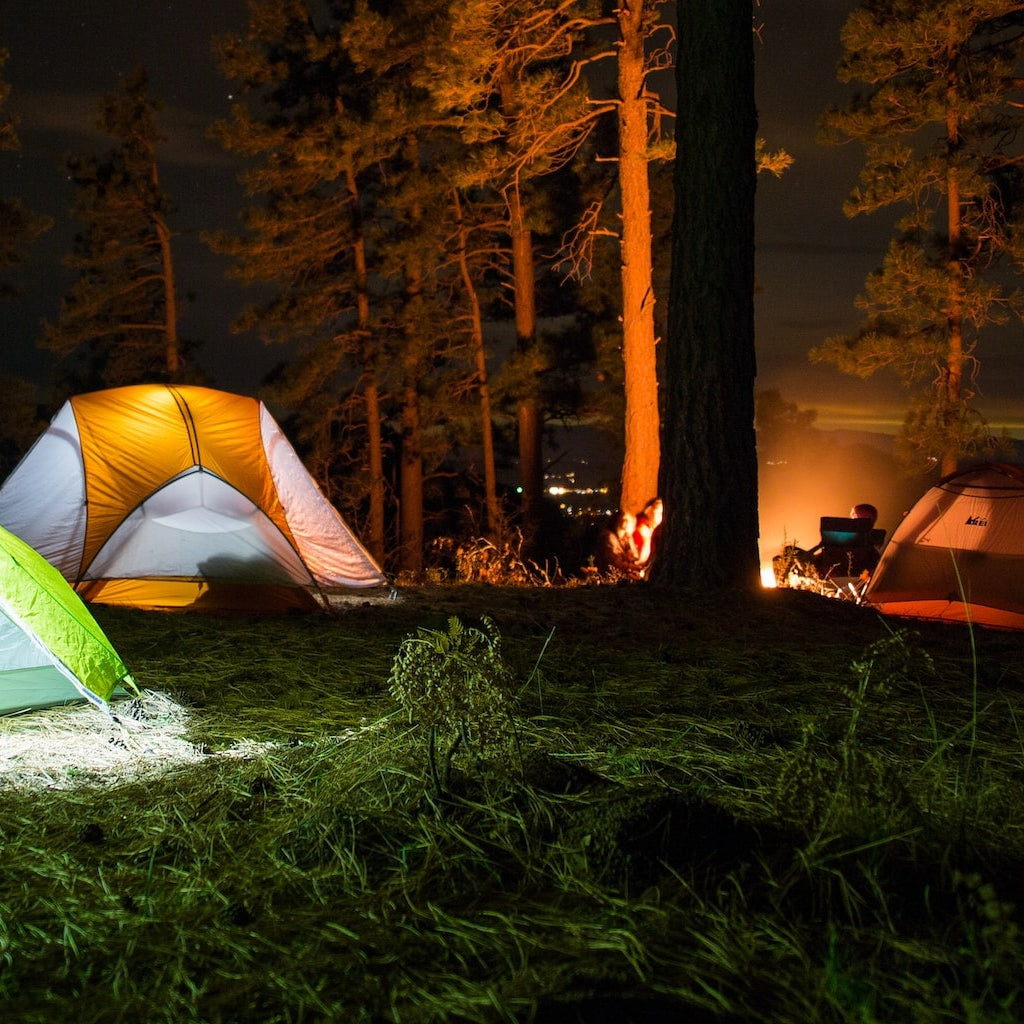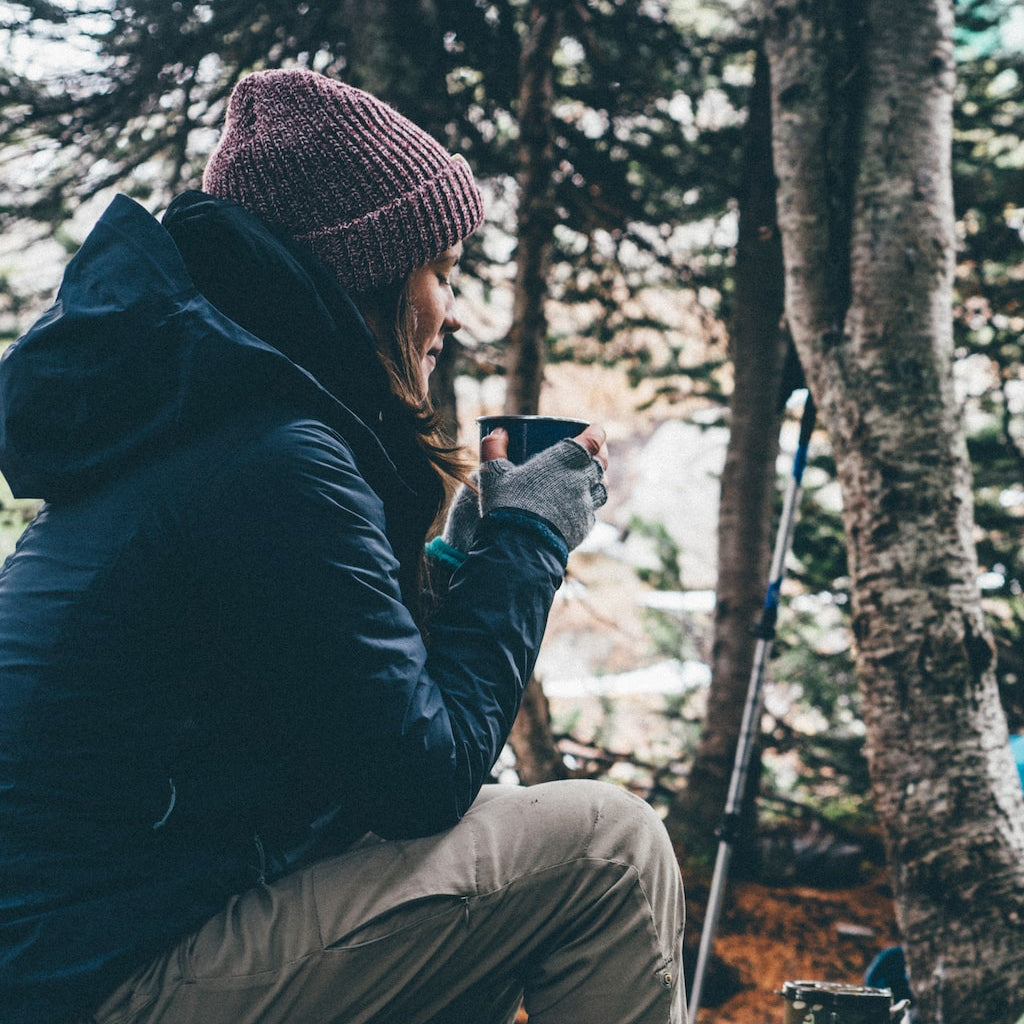Inspired for an Adventure? Check out Beef Stroganoff - Pouch and Beef Stew - Pouch
Add description, images, menus and links to your mega menu
A column with no settings can be used as a spacer
Link to your collections, sales and even external links
Add up to five columns
Add description, images, menus and links to your mega menu
A column with no settings can be used as a spacer
Link to your collections, sales and even external links
Add up to five columns


State parks in the U.S. offer some of the country’s most accessible outdoor recreation and protect some of its great landforms and ecosystems, historic sites, and scenic sightlines. Whether you’re overnighting or just spending a memorable couple of hours, the following are a top notch sample of U.S. state parks.
This isn’t an attempt at a “best-of-the-best” list, but rather a celebration of the sort of natural wonders and recreational activities American state parks harbor. Some of these rank among the best-known, most-visited state parks in the U.S.; others are quite a bit more off-the-radar. All of them, though, are altogether awesome in their own way.
1. Baxter State Park (Maine)

Mostly roadless Baxter State Park protects a quintessential Maine landscape: forests scattered with lakes, bogs, and beaver ponds, rising to the grand cirques, ridges, and tundra tops of 5,267-foot Katahdin, one of the Northeast’s signal peaks and Maine’s tallest. Managed in a “Forever Wild” state by the Baxter State Park Authority, this treasured swath of public land offers prime hiking, camping, fishing, and paddling—plus rich opportunities for moose-watching!
2. Niagara Falls State Park (New York)

The oldest state park in the U.S. introduces visitors on one side of the border to North America’s biggest waterfall (and one of the world’s great cataracts). Besides goggling at the thunderous whitewater over the 160-foot drop of Niagara Falls, you can soak up fascinating history, including insights into some of the formative American ideas behind preserving natural wonders for the enjoyment of the public.
3. Grandfather Mountain State Park (North Carolina)

At just shy of 6,000 feet, the massif of Grandfather Mountain is one of the most imposing landmarks of the Blue Ridge, with a craggy edifice somewhat out of place amid the smooth cones and ridges of the Southern Appalachians. A privately owned, long-running tourist attraction covers part of the mountain—including the famous Mile High Swinging Bridge—while less-developed Grandfather Mountain State Park encompasses the larger backcountry acreage, offering premier (and challenging) hiking. The Daniel Boone and Grandfather trails trace the high points of the massif, with backcountry campsites facilitate mountaintop overnighters.
4. Hocking Hills State Park (Ohio)
The rugged scenery of the Hocking Hills on the Allegheny Plateau is on full display in this popular park. Weathering and erosion have worked wonders in the Black Hand Sandstone here, sculpting gorges, ledges, cliffs, and alcoves such as Old Man’s Cave, Ash Cave, Whispering Cave, and the Rock House, with tumbling waterfalls aplenty. The cool microclimate of the Hocking Hills gorges supports regionally rare plants, including Canada yew and some impressively big eastern hemlocks. There’s an excellent trail system for hikers and mountain bikers plus a large campground, picnic facilities, and boating and fishing on Rose Lake.
5. Cloudland Canyon State Park (Georgia)

One of the East’s most impressive gorges awaits you in Cloudland Canyon State Park along the edge of Lookout Mountain in far northwestern Georgia’s Cumberland Plateau. The cliff-banded, forested chasm of Cloudland Canyon, threaded by Sitton Gulch Creek, is more than 1,000 feet deep and a glory to behold in any season. Along with trails accessing waterfalls, rim views, and backpacking campsites, the park hosts car and RV camping, cottages, picnic areas, a disc-golf course, and other developed facilities.
6. Myakka River State Park (Florida)
Florida has no shortage of awesome state parks, from Torreya along the Apalachicola River in the Panhandle to the jungly expanse of Jonathan Dickinson State Park in the southeast. One of the oldest and biggest of them all is Myakka River State Park near Sarasota, which includes more than a dozen miles of the state-designated Wild & Scenic Myakka River. A fabulous range of Central Florida habitats is found here, including extensive prairies, pinewoods, wetlands, and oak-palm hammocks; birdwatchers find rich pickings amid this diversity. Paddle the Myakka, take an airboat ride among the gators on Upper Myakka Lake, bike gorgeous roadways, and hike into the park’s Wilderness Preserve, which enfolds Lower Myakka Lake. A unique attraction here is the Canopy Walkway, a treetop-level exploration of an oak-palm hammock. Along with a developed campground, Myakka River State Park offers backcountry sites for hikers and cyclists.
7. Devil’s Lake State Park (Wisconsin)

The biggest state park in Wisconsin—which boasts some of the best state parks in the U.S., mind you—Devil’s Lake also expresses some of the Midwest's most striking scenery. The lake in question, nestled at its northern and southern ends by glacial moraines, comes cradled by ancient and cliffy 500-foot bluffs of the Baraboo Range. The waters of the lake draw swimmers and boaters, but hikers up on the bluffs can marvel at the impressive ramparts of 1.6-billion-year-old quartzite, and meanwhile the lakeshores include striking American Indian effigy mounds.
8. Mushroom Rock State Park (Kansas)

Size doesn’t matter when it comes to state parks, as the pocket-proportioned hidden gem of Mushroom Rock State Park in the Smoky Hills of east-central Kansas demonstrates. A mere five acres, the park includes one of the “Eight Wonders of Kansas Geography”: the wacky hoodoos of Dakota Formation sandstone, relics of a Cretaceous seaway. Hardened blocks of rock called concretions withstood erosion better than surrounding layers, leaving behind mushroom-like anvils poised upon narrow pedestals.
9. Custer State Park (South Dakota)
Covering some 71,000 acres stretching from mixed-grass prairie to the pine/spruce forests and granite spires of the Black Hills, Custer State Park is South Dakota’s biggest. The main attraction is probably the hefty, free-ranging herd of plains bison, only the largest of a whole suite of resident wildlife that also includes pronghorn, bighorn sheep, mountain goats, prairie dogs, coyotes, and a highly visible cadre of feral burros. Don’t miss the panoramic views from the Civilian Conservation Corps-built fire tower atop Mount Coolidge, which in clear weather stretch from Black Hills landmarks such as the Crazy Horse monument and the Needles out to the White River Badlands to the east.
10. Makoshika State Park (Montana)

Speaking of badlands, some of the coolest on the continent take center stage at Makoshika State Park, named after the Lakota term for those dissected sedimentary landforms. This biggest state park in Montana, close to Glendive and within shouting distance of the North Dakota border, Makoshika’s dramatic gullied landscape has been forged from the shale and clay of the internationally known Hell Creek Formation, one of the planet’s great dino graveyards: Tyrannosaurus rex is one of the prehistoric titans whose fossilized remains have been found in Makoshika.
11. Palo Duro Canyon State Park (Texas)
Among the scenic glories of the Southern Plains, Palo Duro Canyon is the roughly 120-mile defile of the Prairie Dog Town Fork of the Red River in the Caprock Canyonlands: a wonderland of colorful buttes and hoodoos that reaches up to 800 feet deep. Palo Duro Canyon State Park lets you immerse yourself in this ethereal countryside—notable as the site of a major 1874 battle of the Red River War between the U.S. Cavalry and indigenous Kiowa, Comanche, and Cheyenne—via hiking, horseback, and mountain-biking trails. Along with car and backcountry camping, the park offers cabins set both on the rim and down on the canyon floor.
12. Dead Horse Point State Park (Utah)

The sandstone peninsula culminating in Dead Horse Point—part of one of the most beautiful state parks in the U.S.—delivers one of the signature views not only of the American Southwest but the country as a whole: a vast slickrock sightline encompassing an astonishing incised “gooseneck” meander of the Colorado River some 2,000 feet below the vantage. “Breathtaking” is putting it mildly. The park—a hop, skip, and a jump from Canyonlands National Park—includes crazy-scenic hiking and biking trails as well as campgrounds and some glamping-ready yurts.
13. Jedediah Smith Redwoods State Park (California)

Few ecosystems anywhere equal the cathedral-like grandeur of an old-growth stand of coast redwoods, the tallest trees on Earth, and Jedediah Smith protects some of the finest examples. Part of the International Biosphere Reserve and UNESCO World Heritage Site of the Redwood National and State Parks complex, Jedediah Smith State Park hosts the most massive known redwoods (though not the tallest). In the next few years visitors will have a whole new way to experience a virgin redwood forest via an environmentally sensitive 1,300-foot-long elevated walkway within the Grove of Titans, currently under construction. Besides the giant trees themselves, the park entices with the pristine flow of California’s longest big dam-free river, the Smith, a great place to cast a line or go paddling.
14. Ecola State Park (Oregon)
For a pure dose of the North Oregon Coast’s beauty, Ecola State Park near Cannon Beach is hard to beat. Misty spruce rainforest, cove beaches, grand headlands, wave-punished sea stacks (including postcard-perfect Haystack Rock, visible to the south), and the great Pacific skyline set the tone here. In winter and spring, when North Pacific gray whales pass by on their Baja-Alaska migration, Ecola’s oceanfront heights offer outstanding whale-watching.
15. Chugach State Park (Alaska)

At nearly 500,000 acres, Alaska’s Chugach State Park is one of the very biggest in the country; it’s also easily one of the wildest. Right at the doorstep of the Last Frontier’s biggest city, Anchorage, the park includes the rugged peaks, glaciers, and forests of the Chugach Mountains as well as tidewater acreage along the Knik and Turnagain arms of Cook Inlet. Along with stunning views, you’ve got the chance to see a rich roster of native critters, from brown bears, Dall sheep, and moose to beluga whales.

Lazy Camping Food: Simple Meals for Large Groups

Tasty Camping Food Ideas With No Refrigeration Required


Stay Hungry for Adventure
Sign Up for Delicious Outdoor Meals & Exclusive Offers!
By clicking ‘Join Now’, I agree to the Terms of Service and Privacy Policy.


Join the adventure
©2025 Mountain House — All Rights Reserved.
Your Cart is Empty
Continue ShoppingYour Cart
Subtotal
$0.00
EXPRESS PAYMENT METHODS AVAILABLE IN CHECKOUT
Taxes and Shipping Calculated at Checkout
Your ExpertVoice deal.
$[Deal Price]
$[Original Price]
Discount applied at checkout.
On sale now — lower than your ExpertVoice discount.
Not eligible for ExpertVoice discount.



















